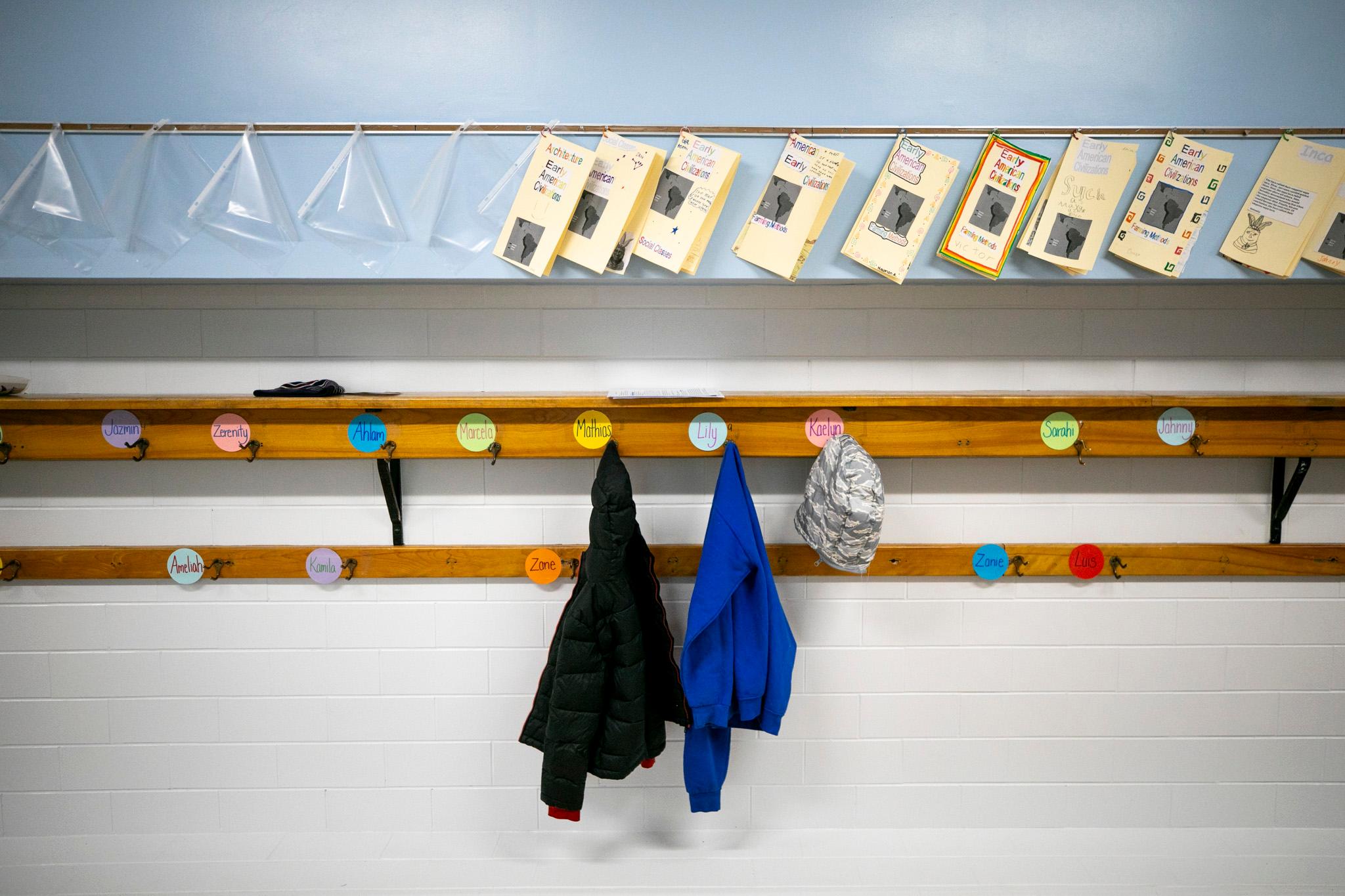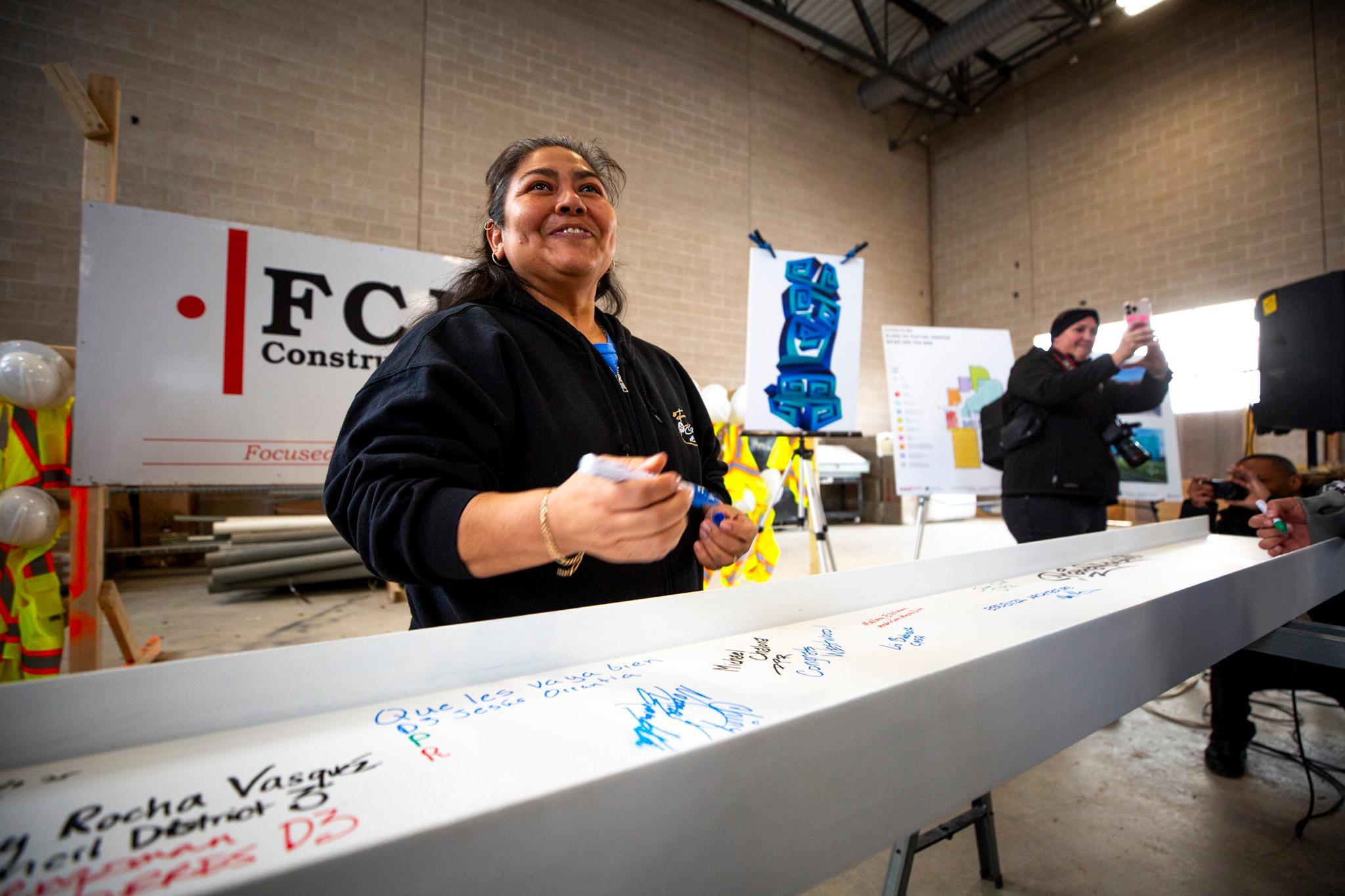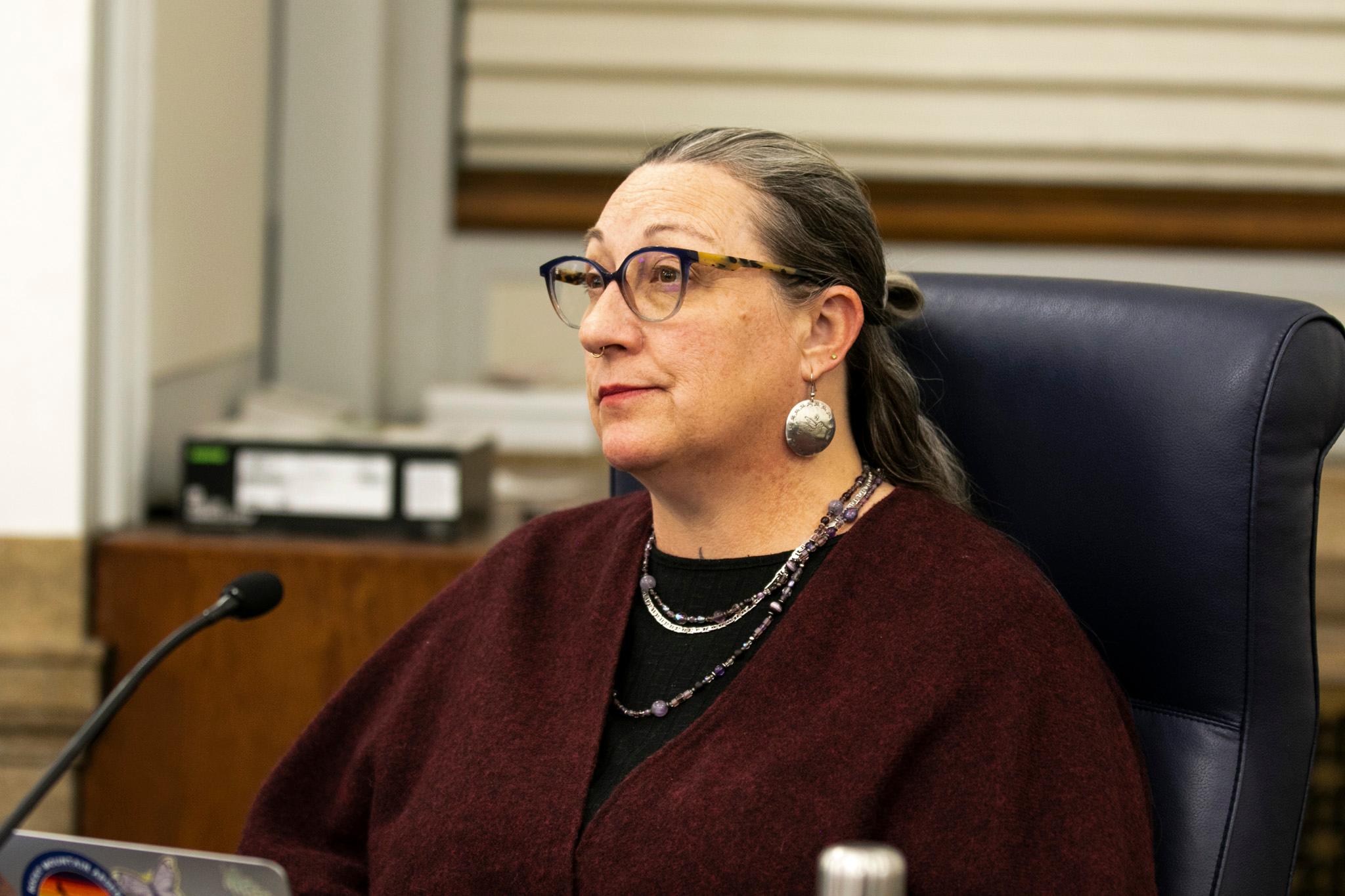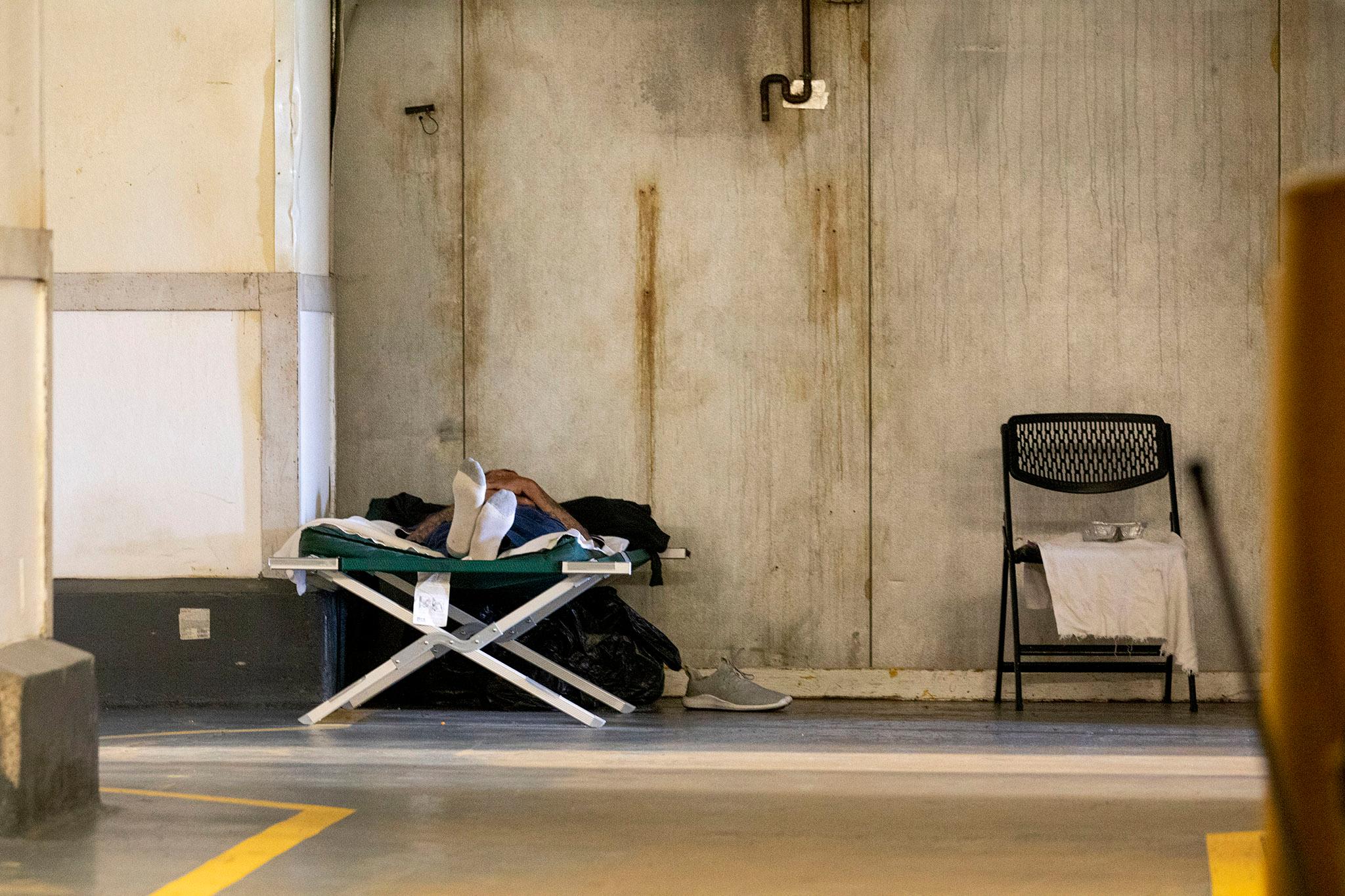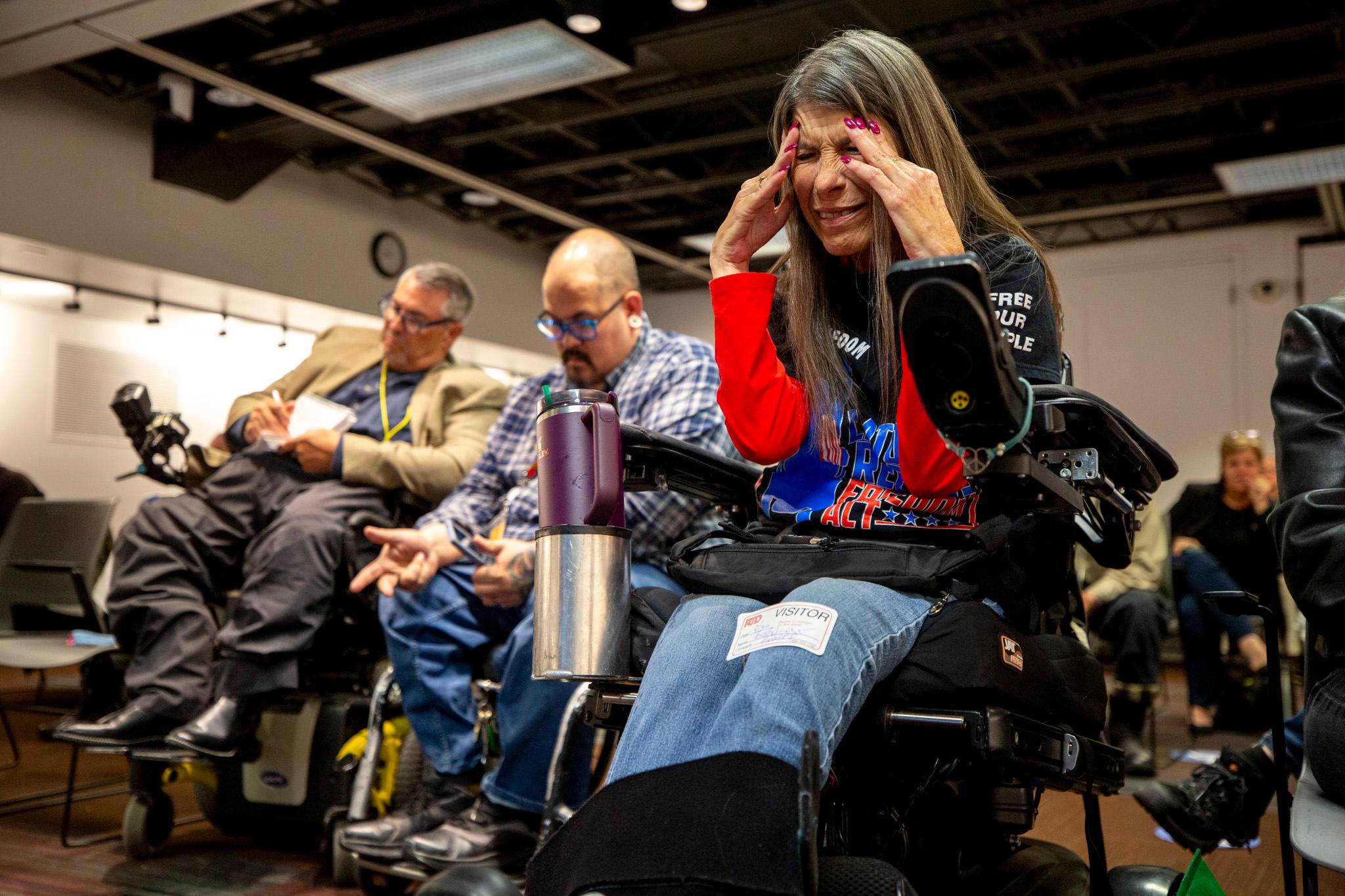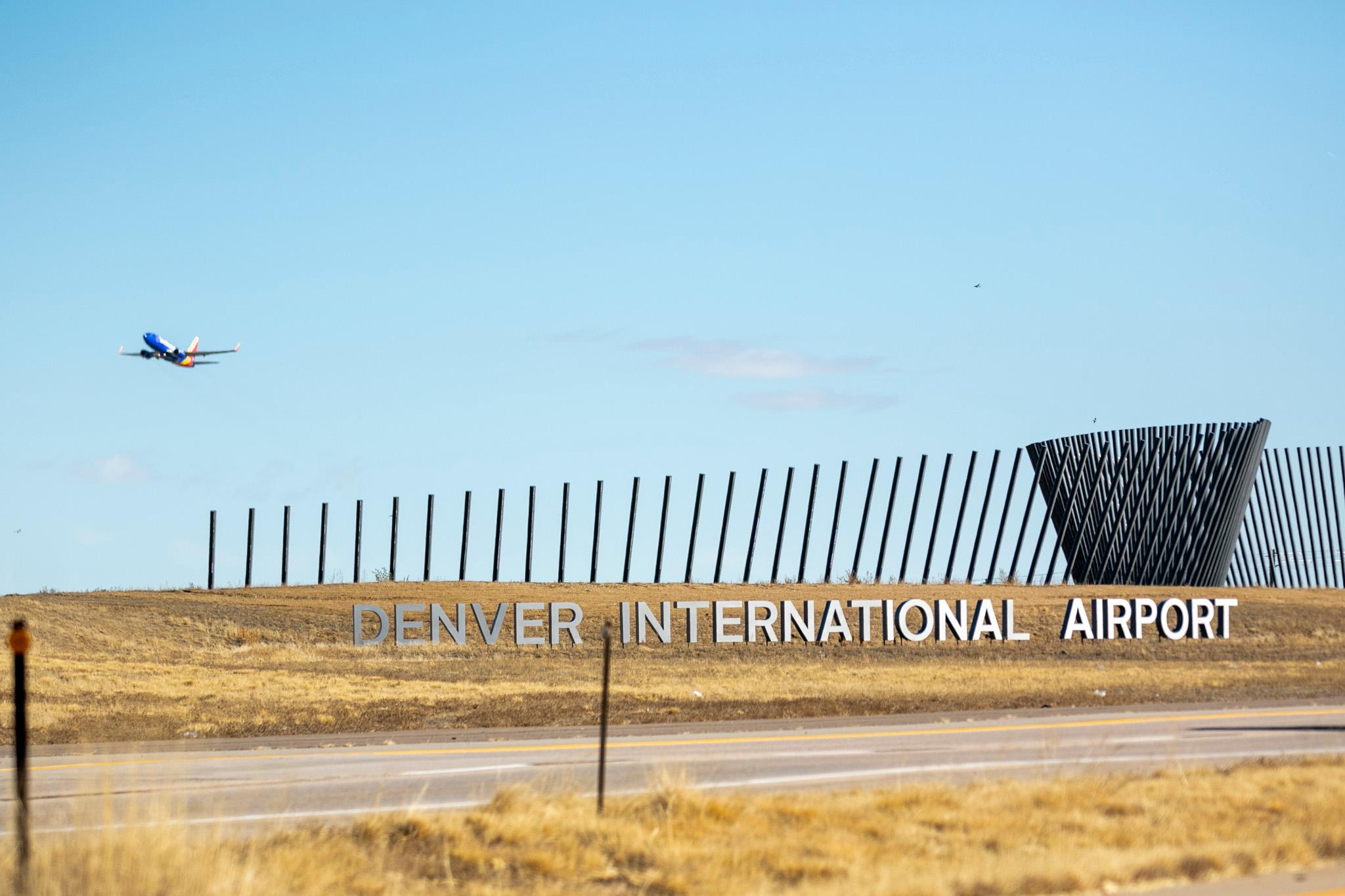School wasn’t really working out for Malcolm Schlicker.
After attending six schools in four different districts, he landed at Denver School of Innovation and Sustainable Design, a high school in Capitol Hill.
“When I originally came here, I thought this was just going to be some weird small school that I was going to because my mom thought it was a good choice for me,” he said.
Instead, he found the experience to be completely different from his previous schools. He no longer faced a culture of bullying and found himself thriving under the school’s competency-based education, which focuses more on growth than a traditional curriculum.
“His whole persona changed and his sense of self and sense of accomplishment and his own recognition of his capability changed,” Malcolm’s mom, Liss Schleicher, said. “And it was like watching the light bulb go on, that he is fit and competent and capable and that every other environment has failed him.”
Both Malcolm and Liss Schleicher have highlighted the small class sizes at DSISD as one of the qualities that have benefited their family. But that’s a double-edged sword.
With only 60 students currently enrolled at the high school, DSISD is among the handful of schools the Denver school board is considering closing as an attempt to save money and get ahead of declining enrollment trends.
DSISD’s potential closure has other families worried about their kids’ academic futures
Chelsey Moore said finding DSISD was important as she wanted to find a safe environment for her queer and neurodivergent son.
“It allows him the opportunities to be himself and also thrive as a learner,” Moore said.
But with DSISD on the chopping block, Moore is concerned about where her son will attend school next. Private school is too expensive for her to afford as a single parent, and to her, there’s no other public school that can meet their needs.
“There aren't schools that provide everything that this small school does,” Moore said. “They've done an amazing job of creating this safe space and this learning environment here.”
In a Monday public comment session, parents urged members of the Denver school board to vote to keep DSISD open, despite its low enrollment.

“You could leave a school like this open when they share a building with another school,” Liss Schleicher argued. “That overhead is minimal and you could look at closing a school that actually has a bigger impact on the educational budget.”
DPS said it will save approximately $30 million if it closes all schools recommended for consolidation. About $23 million will be reinvested at the schools affected students will then enroll in.
In southwest Denver, one of the city’s most diverse neighborhoods is anguished over the closure of an elementary school.
Of the seven schools recommended for closure, DSISD has the smallest enrollment. On the other end of the spectrum is Castro Elementary School in Westwood, where nearly 85 percent of students identify as Hispanic or Latino, according to district data.
Hugo Saenz’s son is graduating from Castro later this year, but he’s still sad to see Castro identified on this year’s list. He’s worried about his neighbors and family members, who have been sending kids to Castro for generations.
“It's threatening everybody, not just my future. The people in Westwood, pretty much,” he said. “Everybody in the neighborhood. I mean, there's a lot of kids who come here.”
While enrollment grew at Castro this year, DPS officials still identified the elementary school as a possible closure. Compared to other schools in the region, district data found that families choose to attend other schools at a higher rate, and that just over a third of seats in the building are being used.

Gayle Dominguez-Hernandez, the mom of a Castro first grader, said she was blindsided by Castro being identified for closure. Her family, who lives in Lakewood, is one of the few who opted to enroll at Castro instead of another school they’re eligible to attend.
“Where we live, there isn't a lot of culture and a lot of diversity there,” she said. “And I wanted him to be able to see different cultures and see kids that look like him.”
One school board member is still deciding how to vote.
Of the seven schools identified for closure, five of them had a majority Hispanic student population.
Xóchitl Gaytán, Denver school board member for District 2, represents Schmitt and Castro elementary schools and West Middle School.
While Gaytán wasn’t surprised to see those schools on the list, she still said her “heart is shattered.” She said she’s using this week to talk to affected families and hasn’t made up her mind about her vote.

If the seven-person board votes to shutter all schools on the list, Gaytán said she will make sure the needs of her constituents are met by the district.
“There's deep needs in my community in southwest Denver, everything from children with learning disabilities to possibly poverty where there may not be transportation, where children may not have parents that have a car available to them,” she said. “And so we need to be looking at everything from transportation to transitional native language instruction services, dual language, Spanish language services for our children.”
Gaytán and the rest of the board will be visiting schools over the next week. They’ll convene to make their final vote on the potential closures on Nov. 21.

